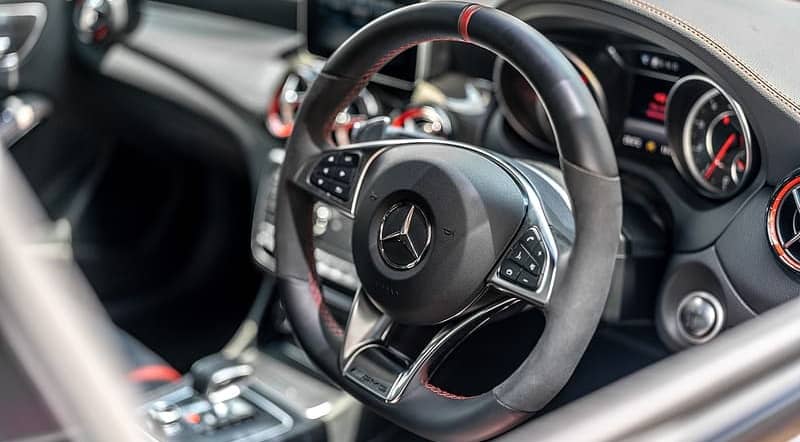What is a steering system?
A steering system is a part of a bigger system that control the movement of cars. While the accelerator, brakes and gears control the movement of a car, it is the steering system that controls the direction in which it goes. A good steering system is light-weight, geometrically arranged and self-adjusting to some extent.
A journey would always be great if you are all in safe hands. Great and smooth handling makes you feel safe and secure. To make our journey more comfortable, easier and flawless, we have a great implementation called the Steering system.
This works by changing rotational motion to linear motion with a little human effort. This system allows the driver to use a little strength and light force to steer a heavy car and is carried out when the driver turns the steering wheel in a rotational motion. There are few types of steering systems but majorly used are a rack and pinion system.
The Rack and pinion system
As the name itself suggests it has two gears namely rack and pinion. The gears can be differentiated as the rack is linear and the pinion is the circular gear. It is a commonly used system and is usually not employed in heavy-duty vehicles. In a nutshell, its work may sound be complex but actually, it uses quite simple physics. In this system what all matters is something called the gear ratios play to know how easier is it to steer a car. The steering wheel will be easier to turn if the ratio is high and it would be very hard to turn, which would make driving more difficult if the ratio is too.
There are few disadvantages to using power-assisted steering. They can be discussed as financial loss for high-cost repairs if it breaks and also a reduction in cars performance as it runs through a drive belt connected to the engine.
Components of the steering system
The components of the steering system are the Steering wheel, Steering column or shaft, axial rods, tie rod ends and assemblies, Steering gear, steering rack gaiter kits, drop arm or pitman arm, center arms, ball joints, drag link, steering arm, stub axle, and wheel-end bearings. These parts are hard-wearing and durable enough to provide strength. Choosing parts that meet manufacturer specifications is what means a lot ad will make the whole assembly responsive and more durable.
In most modern cars safety measures are taken and are worked into the steering mechanisms to ensure that the driver remains safe during a collision. From the steering wheel, there is an airbag is provided which inflates within milliseconds during the time of the collision to stop the driver from hitting the steering wheel.
The steering column also has some safety mechanisms fitted into it. In the older scenario, they did not have any of these features, if there would be a sufficient enough impact on the front-end during collision then the driver would be injured severely.
The function of this suspension is to improve the handling and to comfort the passenger and driver when the vehicle is on-road and in motion. They are many different types of suspension out of which some are in use today and others few have become outdated mostly due to new research and improved techniques and designs.
There is a new methodology that is coming up which is called drive by wire. This could replace all of the mechanical parts of the steering system starting from the steering wheel to the accelerator brake and the clutch. It works by replacing shafts and mechanical systems with electrical systems which take the movements which are made by the driver at the steering wheel and will send them to a motor that turns the wheels. This will save the space available inside the engine bay and the car will be adjustable easily to every person who drives it. For now, the drive-by-wire system is not on the road legally because if the electrical parts fail then the driver would be clueless and could not have any control over anything the car is doing.
